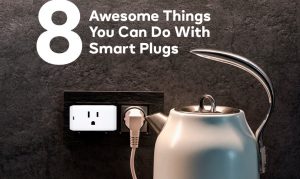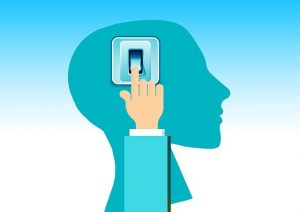How smart home tech can assist the independent living
- July 24, 2020
- by Ezlo Admin
According to the US Census Bureau, 10.000 people turn 65 every day, and 65% of older adults rely exclusively on the family to provide assistance that allows them to continue living independently. But living as independently as possible while their abilities and health may be declining is not easy on the family, and that’s why, more and more frequently, people are searching for innovative technologies that promise to address the challenges of independent living.
To that end, we’ve put together some important ways in which smart home tech can benefit the homes of both independent living and aging in place:
Safety (motion-activated monitoring, smoke sensors)
Motion-activated monitoring or simple door sensors are just a few of the non-invasive ways for family and caregivers to monitor the activities of the elderly while maintaining their privacy. The smart home system will let you know, through push notifications on your phone, if grandma has left her bedroom or opened the medicine cabinet.
Standard smoke detectors will make a sound and flash a light when smoke is present. For extra security and peace of mind, when paired with advanced monitoring services, a smart smoke sensor can also automatically call the emergency services, in addition to a push notification sent to the caregiver’s phone.
Comfort (thermostats and climate, lights scenes)
Smart thermostats eliminate the difficulty of manually operating the thermostats for those with mobility problems, so they can regulate their room temperature to match their comfort and needs. Smart lighting is essential when it comes to avoiding hazards that may lead to falls, and they can be controlled either by other family members or through the convenience of a mobile app.
Automations bring the “smarts” out of smart home technology allowing seniors or their caregivers to create custom smart home scenes that activate automatically in certain circumstances. For example, some lights can turn automatically when motion is detected at night and turn completely off at sunset. Temperature can also be automatically regulated based on outside temperature or inside sensors, thus increasing the comfort and wellbeing of everyone in the premises.
Assistive Technologies (keyless entry, remote keypads and panic buttons, voice control, video doorbells)
When you’re in pain or have a movement difficulty, it can be difficult to answer a knock on the door, whether it’s a delivery or a visiting family member. This is where a smart doorbell comes handy allowing you not only to see who’s at the door but also remotely communicate with two-way audio.
Devices such as video doorbells, smart locks, remote keypads, and panic buttons, can all serve as simple solutions to increase the accessibility and security of the elderly. A traditional PERS device can call for help but if a person can’t get up due to a fall, emergency services must often break down the door. With a smart system, a temporary PIN code can be issued to open the smart lock and let in the EMT crew while you or the caregiver are still on the way there. This can be done by voice control or the touch of a button on a keypad or smartphone app.
These are just some of the ways that smart home technology can help the elderly feel more independent and secure in their homes while also adding that extra bit of comfort through device automation of climate and lighting.
Smart home tech nowadays is simpler, safer, and more affordable than ever, which makes it more accessible than ever, too. If you’re looking to start a smart home for an older person you love, check out these bundles—they’re a great way to get started.




